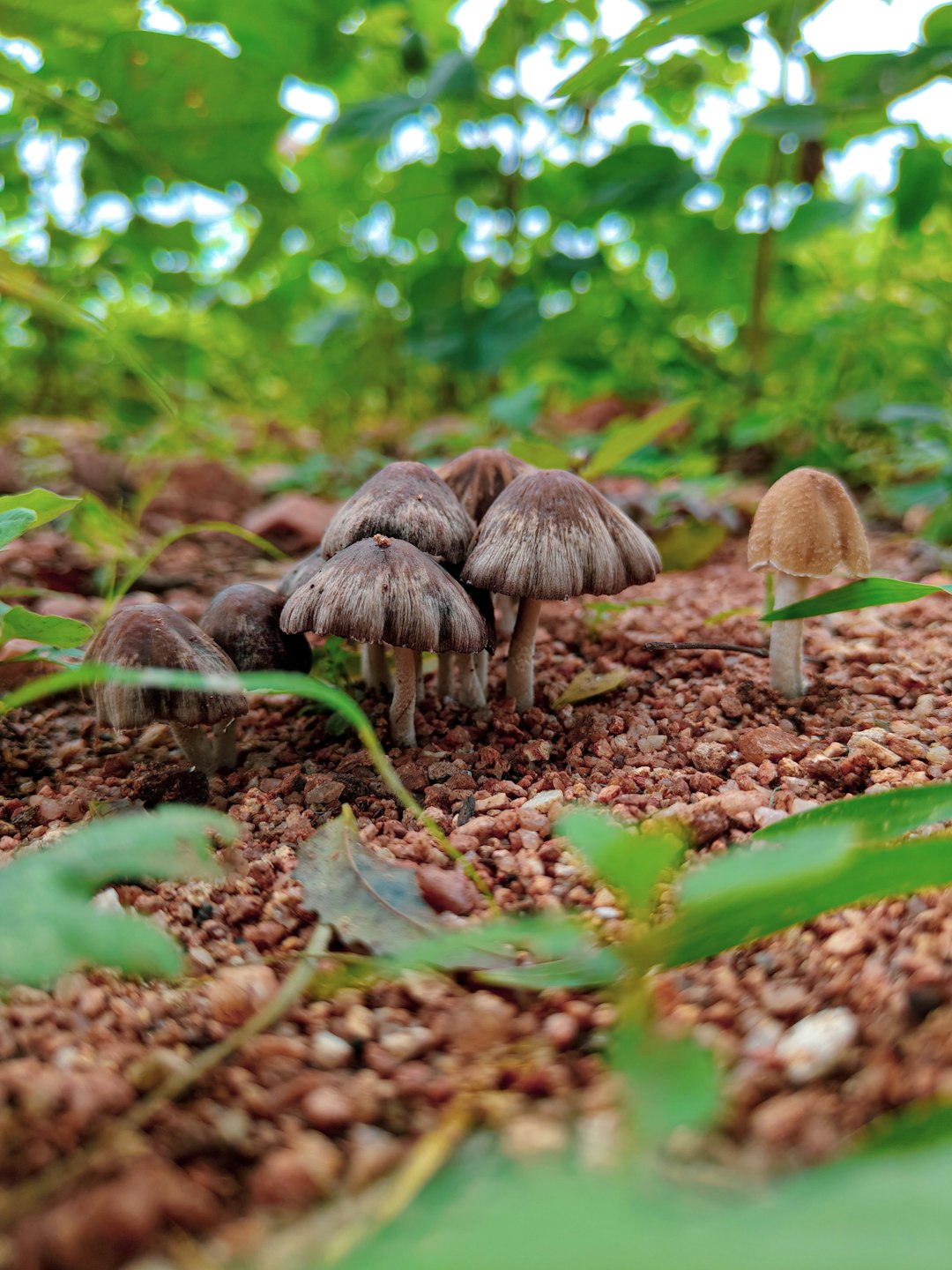Unveiling the Secrets of Cultivating Banana Shrubs

Banana shrubs, a delightful magnolia species thriving in warm - climate regions, are a charming addition to any garden. Their alluring banana - scented flowers make them a favorite among gardening enthusiasts. In this guide, we will explore the essential tips for growing these unique shrubs.
1. Understanding the Banana Shrub
Banana shrubs, scientifically known as Michelia figo, are native to southern China. They are evergreen shrubs that can reach a height of 6 - 10 feet and spread about 6 - 8 feet. The glossy, dark - green leaves provide an excellent backdrop for the small, creamy - yellow flowers that emit a sweet, banana - like fragrance.
2. Choosing the Right Location
These shrubs prefer partial shade to full sun. In regions with intense sunlight, a location that offers some afternoon shade is ideal. Banana shrubs are sensitive to cold, so it's crucial to plant them in a spot protected from strong winds and frost. A south - facing or east - facing location in your garden can provide the perfect balance of sunlight and protection.
3. Soil Requirements
Well - drained, acidic soil is essential for the healthy growth of banana shrubs. The soil should be rich in organic matter. You can amend the soil with compost, peat moss, or well - rotted manure before planting. A soil pH between 5.5 and 6.5 is optimal. If your soil is too alkaline, you can lower the pH by adding sulfur or acidic fertilizers.
4. Planting the Banana Shrub
When planting a banana shrub, dig a hole that is twice as wide and just as deep as the root ball. Gently remove the shrub from its container and place it in the hole. Make sure the top of the root ball is level with the surrounding soil. Backfill the hole with the amended soil and gently firm it around the base of the shrub. Water thoroughly after planting to settle the soil.
5. Watering
Banana shrubs need regular watering, especially during the first few years after planting. Keep the soil consistently moist but not waterlogged. During hot, dry periods, you may need to water more frequently. A layer of mulch around the base of the shrub can help retain moisture and regulate soil temperature.
6. Fertilizing
Fertilize your banana shrub in early spring and again in mid - summer. Use a balanced, slow - release fertilizer formulated for acid - loving plants. Follow the manufacturer's instructions for application rates. Over - fertilizing can lead to excessive growth and may reduce flower production.
7. Pruning
Pruning is important to maintain the shape and health of the banana shrub. Prune after the shrub has finished flowering. Remove any dead, damaged, or diseased branches. You can also thin out the interior of the shrub to improve air circulation. Avoid heavy pruning, as this can reduce flower production in the following year.
8. Pest and Disease Control
Banana shrubs are generally resistant to pests and diseases. However, they can be susceptible to scale insects and aphids. Regularly inspect your shrub for signs of infestation. If you notice pests, you can use insecticidal soap or horticultural oil to control them. Good air circulation and proper watering can also help prevent fungal diseases.
9. Propagation
You can propagate banana shrubs through semi - hardwood cuttings taken in late summer. Dip the cuttings in rooting hormone and plant them in a well - drained potting mix. Keep the cuttings in a warm, humid environment until they develop roots.
In conclusion, growing banana shrubs can be a rewarding experience. By following these essential tips, you can enjoy the beauty and fragrance of these unique shrubs in your garden for years to come.